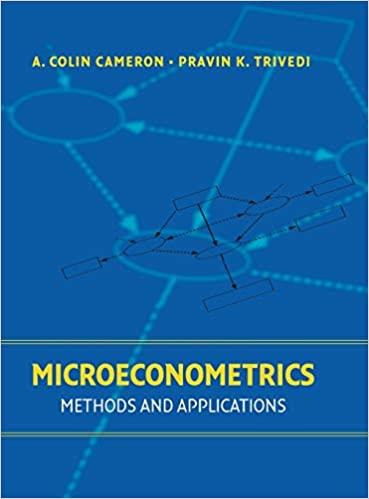Answered step by step
Verified Expert Solution
Question
...
1 Approved Answer
duction: Every physics student has had a lot of experience with the force of gravity. Unfortunately, their experience is limited to the interaction between a
duction: Every physics student has had a lot of experience with the force of gravity. Unfortunately, their experience is limited to the interaction between a very large object, the Earth, and much smaller objects that are very close to it. This represents a small range of the possibilities. Software simulations of gravitational force allow physics students to explore a variety of other gravitational interactions between objects. These activities are designed to be used with the My Solar System simulation that can be found on the Physics Education Technology (PhET) website at the University of Colorado at Boulder. Directions: Go to the My Solar System simulation on the PhET website. Select the Lab option. Carefully follow the instructions for each activity below. Answer the questions, record your results, and use the simulation to check your work before going on to the next activity. The simulation can be found at the URL below or search "phet my solar": https://phet.colorado.edu/sims/html/my-solar-system/latest/my-solar-system_en.html Activity 1: Look over the start screen. The simulation controls and settings are on the right. Check the Path and Grid boxes. The simulation inputs are at the bottom left. Check the More Data box. Click Play () and write down at least 2 observations about this simulation below. Observation 1: Observation 2: Activity 2: Click Reset ( )in the upper right. It will save you work and frustration if you always click Reset before changing inputs. Configure the Mass, Position, and Velocity of Body 1 (yellow) and Body 2 (magenta) as shown at right. Write down your prediction for the motion of each body BEFORE clicking Play. Prediction of Body 1 (Yellow) motion: Prediction of Body 2 (Magenta) motion: Q1: Were your predictions correct? Explain. Q2: Click Reset ( ). Change Body 2's mass to 0.1 kg 1028. Click Play (). What is different about the motion? Why do you think this is? Q3: In what direction (x or y) should Body 2's initial velocity be so that it doesn't hit Body 1? Q4: Zoom out by clicking in upper left twice. Click Reset ( ). From now on you need to remember to click Reset on your own. Give Body 2 an initial y velocity of 10 km/s. What happens when you click Play ()? Increase Body 2's y velocity in increments of 0.5 km/s until it doesn't touch Body 1
Step by Step Solution
There are 3 Steps involved in it
Step: 1

Get Instant Access with AI-Powered Solutions
See step-by-step solutions with expert insights and AI powered tools for academic success
Step: 2

Step: 3

Ace Your Homework with AI
Get the answers you need in no time with our AI-driven, step-by-step assistance
Get Started


